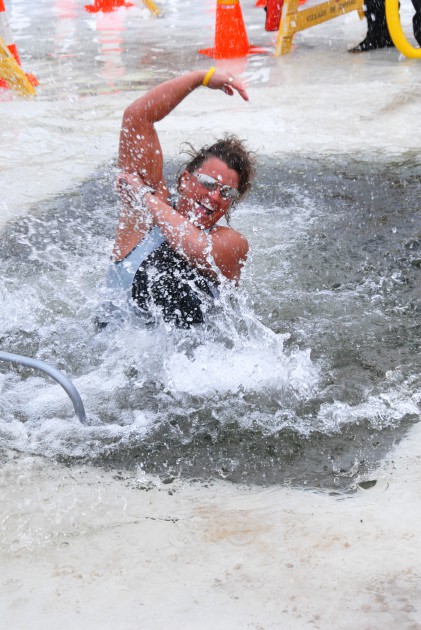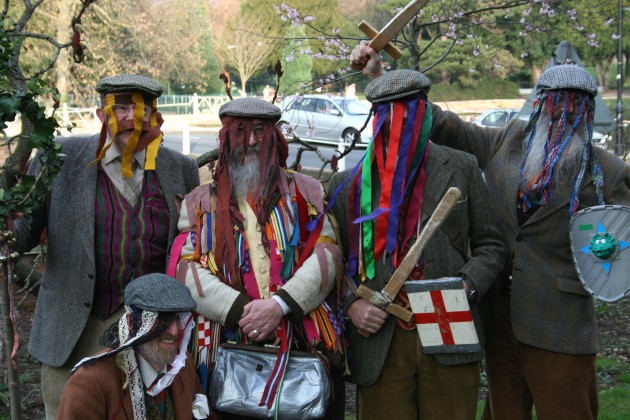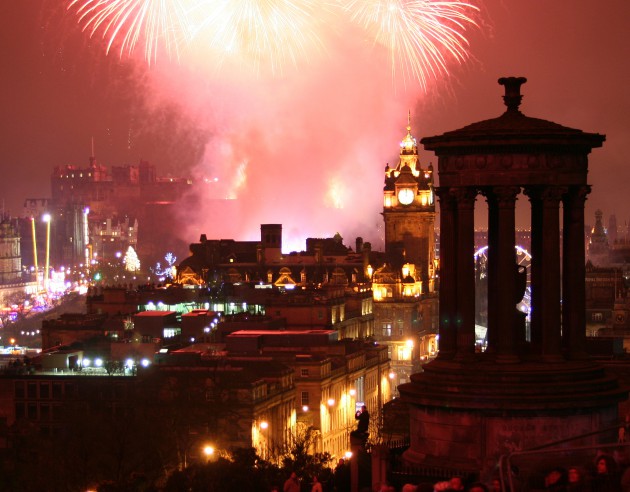Christmas on Canada’s East Coast: A Beginner’s Guide
Posted on December 22nd, 2014 by Heather Keagan in Entertainment, Food, Language, Travel | No Comments »
Christmas in Canada has some pretty solid staples all over: Christmas trees, family gatherings, lots of food, the usual Christmas parties. On the East Coast you can find some deviations to the norm, and some adaptations to what you would typically expect for a Christmas celebration that makes Christmas on the coast all that more interesting. Here are just a few Christmas traditions from the Canadian Maritimes to get you into the holiday spirit!
Mummering
Mummering is something you’ll find in Newfoundland. During the 12 days of Christmas, families and friends will travel in groups dressed in disguises. The goal when mummering is to make sure no one will recognize you and that you use items from your house when dressing up. If you can make yourself taller, slimmer, fatter, bigger (anything at all to confuse those who know you) then that is what you need to do before leaving your home to go mummering. After your disguises are in place, you travel from house to house in your neighbourhood, knocking on doors and asking to be welcomed in. If you are allowed to enter a home, you and your group must perform some sort of entertainment. It can be a dance, or you can tell jokes, or sing a song – really anything you’d like.
When the entertainment is finished, the owners of the home must try to guess your identities before offering you food and drink. They’re allowed to ask each of the mummers questions and feel around their costume for help in deciding who it could be. When all the mummers’ identities have been guessed, and the food and drinks are finished, a newer, larger group is formed (in some cases though not always) and they travel together to another house.
Trees and Christmas Presents!
Eastern Canada has amazing fir and pine trees, so if you are purchasing a real tree at Christmas, which many families do, it would be one of these. It’s quite common to buy Christmas trees around the beginning of December and they are decorated by the family. One thing most people don’t know is that every year, the biggest and best fir tree in Nova Scotia is sent to Boston, USA. This is done in memory and in thanks of the aid received from Boston during the Halifax Explosion of 1917.
Presents are generally placed underneath the Christmas tree, and in many homes on Christmas Eve after a rather large family supper you are able to open one Christmas present early.
Yummy Nibblin’s
East Coasters are more likely to eat a big feats of lobsters and shellfish for Christmas dinner than they are to eat the more traditional turkey or ham. Taffy pulls are also quite common during the holiday season, which is usually used as a matchmaking event for single ladies and single gentlemen in the community.
Barley candy and Chicken Bones are popular candies to eat around Christmas time on the East Coast. Barley candy is usually on a stick and is shaped like a Christmas object; Santa, reindeer, snowmen or something equally seasonal. Chicken Bones are a hard pink candy that tastes like cinnamon, though once sucked on long enough they reveal a secret chocolate centre.
Polar Dips

Photo by Jim Sorbie/Flickr
We would be remiss not to mention polar dips on our list, and although it’s more of a New Years Eve tradition, it does happen around the Christmas season. Polar dips make many people cringe just hearing about them, but they are a pretty common occurrence on the coast. Around Christmas and New Year people will get together, sometimes in teams, and jump off a wharf or a pier (or in some cases just simply run) into the Atlantic Ocean. The water is usually ice cold, and bathers are meant to jump in with as little clothing on as possible. Usually these are charity events and a lot of drinking is done right after the polar dip is completed. It’s a chilly way to raise money for others and good fun all around.


